| Highlights | ||
| Work with Marcel Marceau | ||
|
My work with the French mime artist, Marcel Marceau, spanned from 1985 until his passing in 2007. I studied with him at his American Seminars in Ann Arbor, MI in 1985 & 1987; I produced his American Seminars and studied with him at the Goldston School for Mimes (GSFM) in Gambier, OH in 1986, 1988, and 1989; and I produced three residencies and studied with him at OSU in 1995, 1998 and 2001. Marceau was my mentor, master teacher, director and dear friend. A large portion of my artistry, teaching and research has been focused on and inspired by Marceau’s work as an artist, teacher and humanitarian. A pinnacle moment for me was after seeing me perform, Marceau said to the audience, “Her work in dance and mime is vital! Even her subtlest movements express the essence of thought and emotion.”
This journey began when Gregg Goldston, international mime artist and founder of the GSFM, and I met Marceau after one of his shows in 1985. He invited us to his seminar that summer in Ann Arbor. Marceau was so impressed with our work and the work of our students at his seminar, that he invited Gregg, Nick Johnson, fellow GSFM faculty member, and I to visit his school, the Ecole Internationale de Mimeodrame, in Paris, France, to consult on his school’s curriculum and to plan future seminars in America. You can read more about my work with Marceau in this article written by Annette Thornton called Jeanine Thompson: Marcel Marceau Lineage Holder published in ATME News Spring 2013. |
||
| Marcel Marceau American Seminars and Residencies | ||
|
At the GSFM, we produced and coordinated seminars with Marcel Marceau in 1986, 1988 and 1989. In preparation for those seminars, we taught the techniques of Marceau and Etienne Decroux, Marceau’s mime teacher, and assisted our students in creating new work to be shown to Marceau for critique. Our students were professional mime, dance and movement theatre artists from around the world.
During Marceau’s 1987 seminar in Ann Arbor, he officially appointed me to a demonstrator of his technique and choreographic styles when he was teaching. During all of the seminars and when we could meet up while out on tour, Marceau coached my performances and choreography, and mentored me as a master teacher of his techniques and styles. During my first year teaching at OSU, a priority of mine was to provide opportunities for my students to work with this distinguished, world-renowned artist. We produced residencies with Marceau at OSU in 1995, 1998 & 2001. In preparation for each residency, I planned the residency content with Marceau, and did grant writing, development and publicity. Mime was a regular component of my curriculum, so I prepared my undergraduate and graduate students by teaching them Marceau and Decroux techniques, Marceau’s choreographic styles, and helped them to create mime plays to show to Marceau and receive his critique. Marceau’s residency activities at OSU included: master classes in his techniques and choreographic styles, mime playwriting, lyrical breathing, and acting; performances; lectures; press conferences; photo sessions; video recording of his solo plays that had never before been recorded, including the only documentation of Bip Remembers; motion capture of his signature movements and his solo play The Eater of Hearts; planning and preparation for the establishment of the Marcel Marceau American Archive to be housed at the OSU Jerome Lawrence and Robert E. Lee Theatre Research Institute. In 1999, OSU awarded Marceau with an Honorary Doctorate Degree. WBNS Channel 10 filmed and aired a documentary about his time at OSU called The Maestro of Mime. 
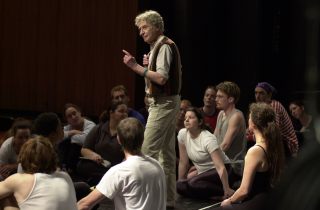
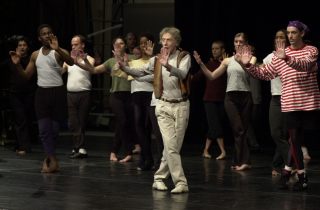

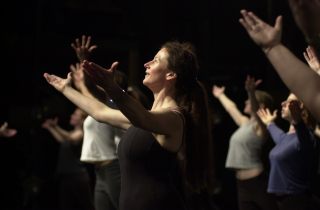
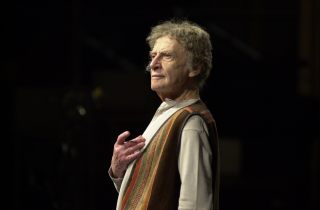
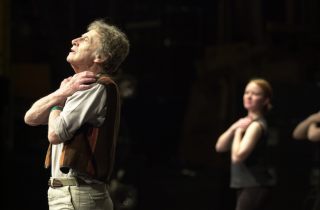
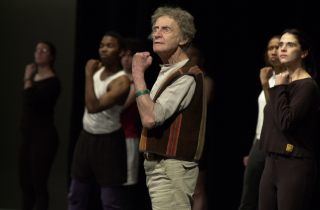
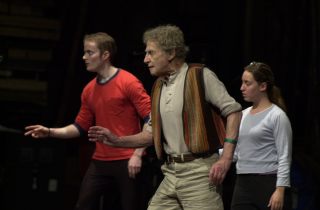
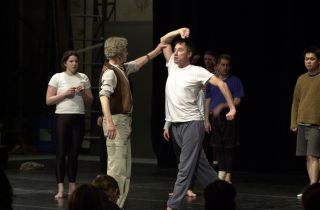
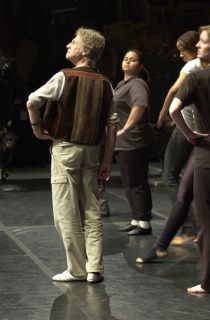
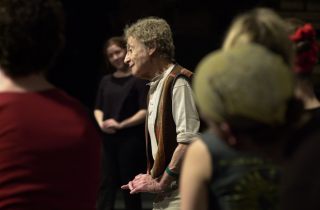
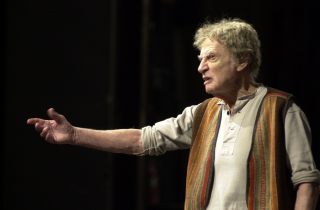

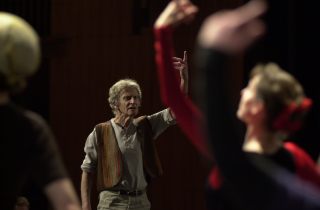
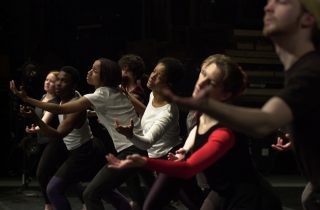
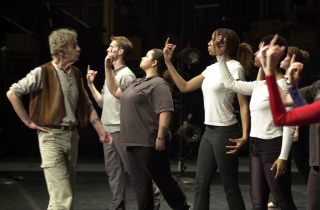
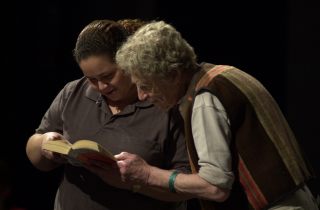

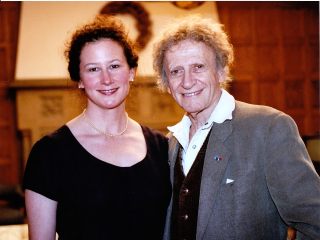
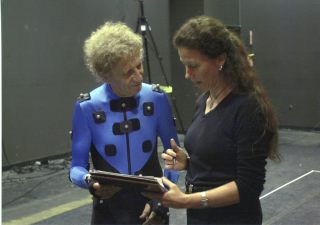
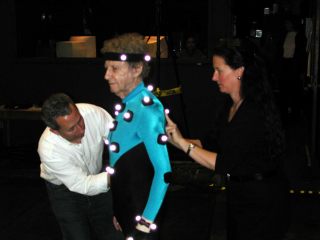
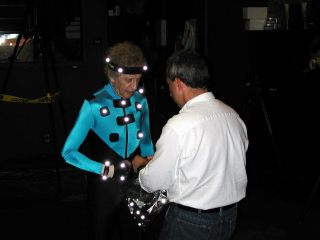
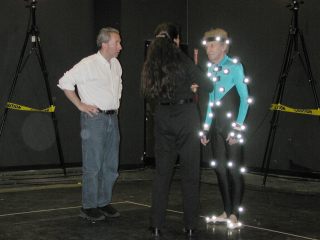
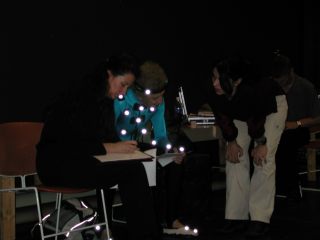
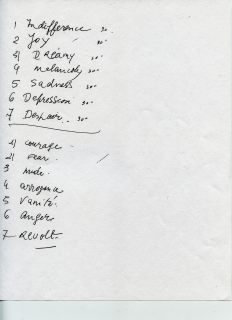
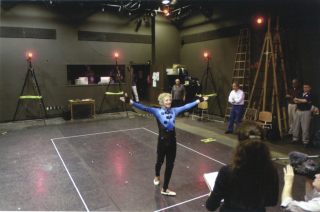
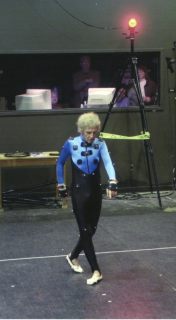
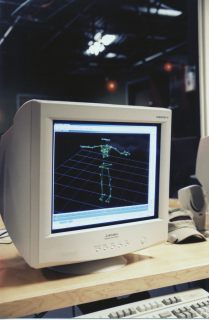
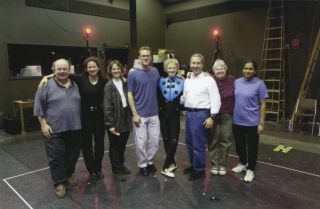
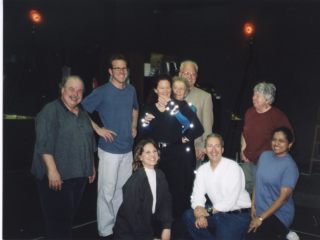
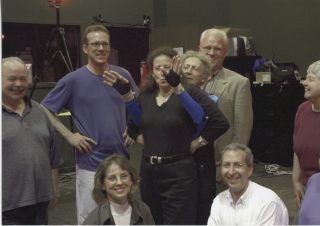
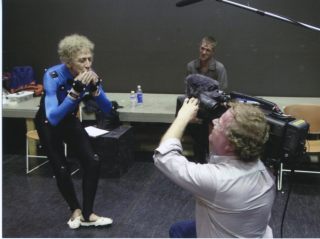
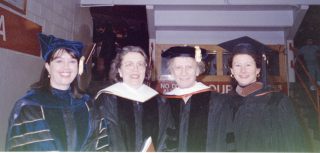
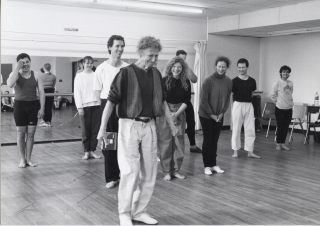
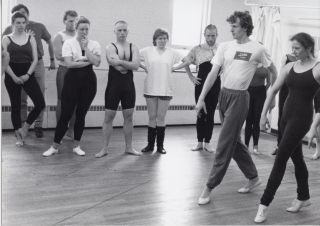
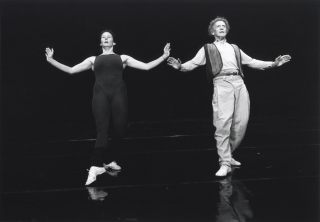
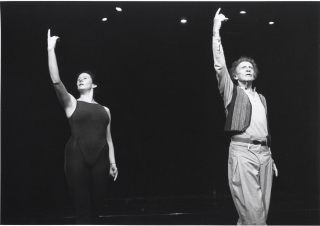
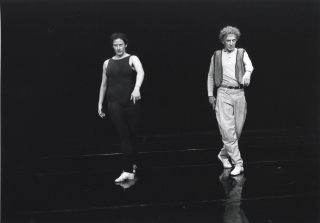
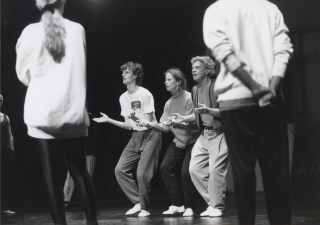
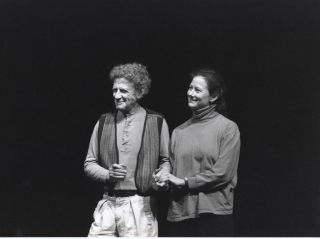
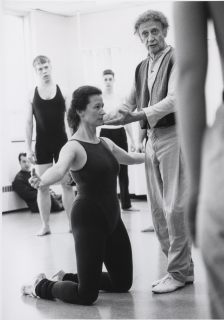
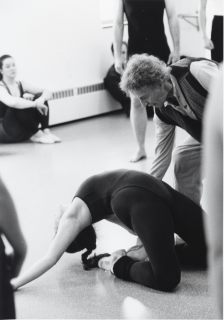
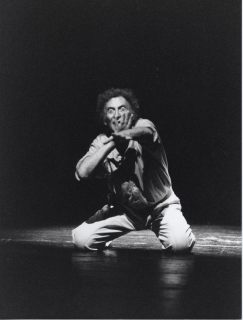
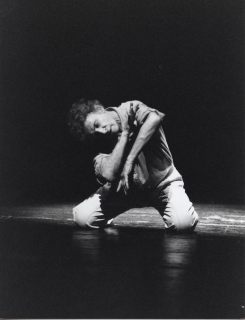
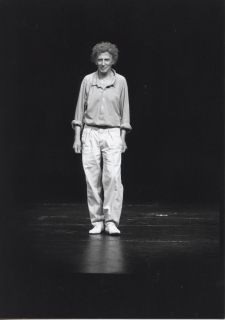
|
||
| Marcel Marceau American Collection Archive | ||
|
The Marcel Marceau American Collection Archive was established in 2011 at the OSU Jerome Lawrence and Robert E. Lee Theatre Research Institute (TRI). The process of acquiring the rights and materials for this archive started in 1995 and continued for several years and over many meetings with Marceau, Nena Couch, the TRI curator, and I. And after an extraordinary gift from Marceau’s tour manager, Tony Miccoci, the American archives of Marcel Marceau found a home at the treasured TRI at OSU.
Guided by Marceau’s recommendations, this archive includes the generous donation from Tony Miccoci of Marceau’s touring materials and videos of him teaching at seminars in the US; historical materials obtained by the TRI; and materials from his three residencies at OSU including: documentation of his teaching; videos of his solo works that were never before filmed, including the only documentation of Bip Remembers; and motion capture of his signature movements and solo work The Eater of Hearts. The establishment of the Marceau American Archive was a dream that he and I shared for many years, a dream that many people worked to accomplishment and contributed to. It is an archive that I hope will preserve, inspire and further the art of Mime for many generations to come. You can read more about my work with this archive in my article The Establishment of the American Archive of Marcel Marceau published in the ATME News Spring 2013. In 2013, the BBC heard about the Marceau Archive and Joanne Griffith contacted me to do a live broadcast interview about Marceau on her Radio 5 Live show. You can listen to the BBC live broadcast interview of me about Marcel Marceau by Joanne Griffith for the Radio 5 Live show on June 22, 2013. |
||
| Marcel Marceau Motion Capture Session | ||
|
When George Lucas of Industrial Light and Magic was developing motion capture work in the 1990’s, he was interested in capturing the movement of two individuals who possessed the highest physical skill and nuance with their artistry. Those two artists were Michal Baryshnikov and Marcel Marceau. In 2001, when the OSU Advanced Computing Center for the Arts and Design (ACCAD) established their first motion capture lab, they brought in alums Jeff Light and Dan Griffith, of Industrial Light and Magic, to do the first motion capture session. ACCAD knew Marceau had a relationship with OSU, and they asked me if Marceau would agree to being motion captured. I worked with Marceau, Jeff Light and ACCAD on the negotiation, preparation and conducting of this historical motion capture session that took place during Marceau’s residency at OSU in 2001. Marceau determined what material was going to be motion captured, Jeff Light directed the motion capture session, and I directed Marceau. The video and motion capture data from this session are located in the Marceau Archive at the TRI.
In preparation for the motion capture session before the residency, I tested ACCAD’s motion capture system and altered the motion capture suit by realigning and adding more detection dots to the chest of the suit to best capture Marceau’s breathing that initiates all of his movement. I performed of some of Marceau’s adagios and my solo mime play Images of Woman for motion capture. These helped to prepare the team for the capture session with Marceau and to test the capacity and feedback of the system for capturing a full-length solo. Once Marceau arrived for the residency, he again expressed his concern about being motion captured and questioned the value of having it done. At that time, there was a commercial airing that had Fred Astaire dancing with a vacuum cleaner. He said to me over and over that he did not want his likeness to end up in a commercial like that. I also talked with him for many hours about the value of him being motion captured for the sake of preserving specific aspects of his technique and artistry and for the value that it could bring to the teaching his work with the motion capture material. At first, Marceau was very hesitant to get into the motion capture suit and to have his skeletal form rendered into dots. But after we did the first take, and he saw what the motion capture data actually looked like and how it moved, he realized that the technology actually did capture the essence and timing of his movement. He said to us all, “That’s me! Very good! Let’s begin!” Jeff, Marceau and I had planned on capturing only a handful of his signature movements, but after Marceau got going, and what frequently happened with him, he continued to go for much longer and to perform far more material then we had originally planned. He performed his conventions character, many iconic illusions including leaning against the bar and walking against the wind, and he ended with a performance of a full-length piece called The Eater of Hearts. The motion capture session with Marceau was an experience and privilege that none of us will ever forget. And now we have the data preserved to be shared, researched and appreciated by generations of students and artists for many years to come. My students and I used Marceau’s motion capture and video in learning his mime technique, and in 2014 we utilized this data to create a virtual “live” duet with Marceau and one my students in the production There Is No Silence. 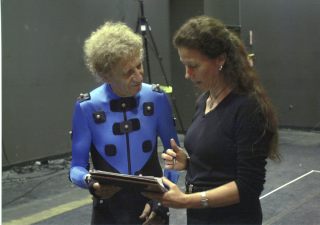
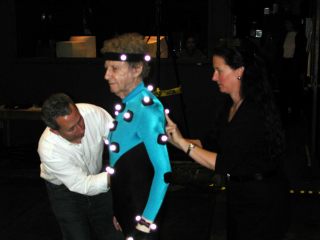
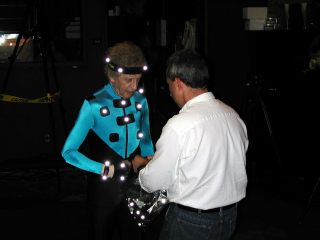

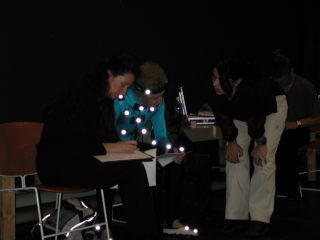
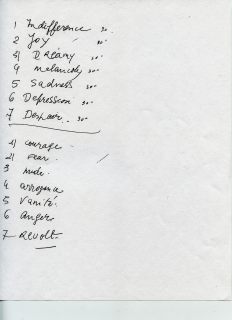
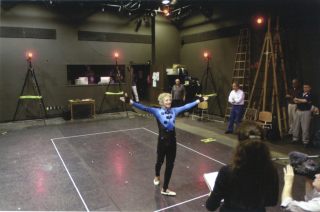
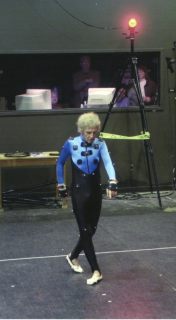
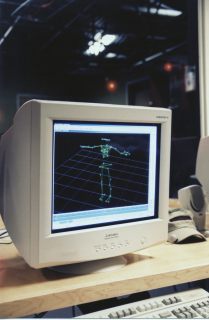
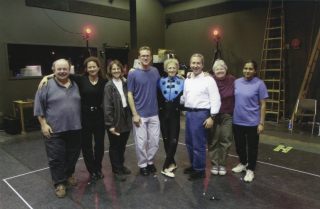
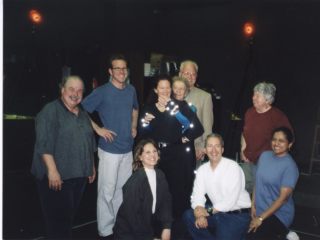
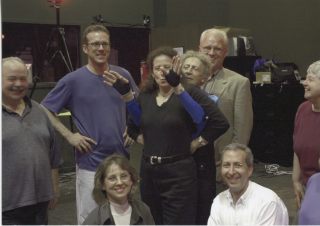
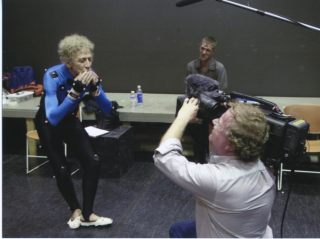
|
||